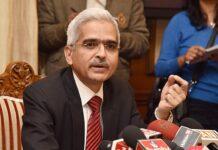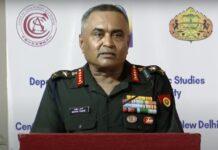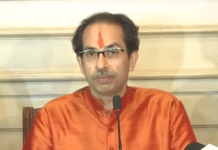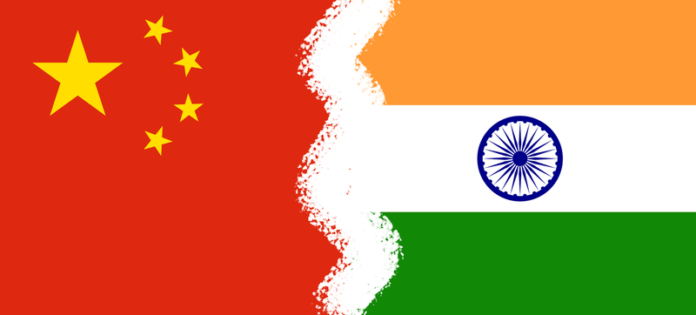Guns, grenades, tanks and artillery. This is what comes to one’s mind when trained professional soldiers engage the enemies on the border. Be it undeclared, low-grade war on the Indo-Pak border or full-fledged war like the one in Ukraine between Russian and Ukrainian soldiers, use of arms and ammunitions is sine quo non.
But, not on India -China border.
India’s Defence Minister has recently briefed the Parliament about the incident on the border in Tawang Sector of Arunachal Pradesh on 09 December 2022. He said ‘’ On 09 December 2022, PLA troops tried to transgress the LAC in Yangtse area of Tawang Sector and unilaterally change the status quo. The Chinese attempt was contested by our troops in a firm and resolute manner. The ensuing face-off led to a physical scuffle in which the Indian Army bravely prevented the PLA from transgressing into our territory and compelled them to return to their posts. The scuffle led to injuries to a few personnel on both sides. I wish to share with this House that there are no fatalities or serious casualties on our side.’’
No gun fire, no use of bombs, grenades, tanks etc by either side in trying to settle border disputes between two nuclear powered Asian giants. Only physical scuffle that unfortunately have led to injuries on both sides. However, there were loss of lives on both sides in the earlier Galwan clash between Indian and China.
This is quite in contrast to reckless and random firing and shelling on India -Pakistan border that does not spare even the innocent civilians in the adjoining border villages.
Why this kind of ‘’non-violent’’ behaviour by the opposing soldiers on India-China border? Apparently, the credit for this goes to ‘Peace and Tranquillity Treaty’ signed between the two countries in 1993 which stipulates ‘’neither side shall use or threaten to use force against the other by any means.’’
However, there are umpteen number of international peace treaties (such as the famous Shimla Agreement of 1971 between India and Pakistan) which are usually not respected even as much as a promise made by a teenager to his/her friend.
Both India and China are fast growing economies, both are highly ambitious about their place in international comity. With a GDP of $18 trillion, China is already the second largest economy in the world with per capita income of $12,500. India, on the other hand, is the fifth/sixth largest economy with a GDP of $3 trillion and per capita income of $2,300. Peace and stability are prerequisites for upwardly growth.
Perhaps, both countries recognise the fact that power and eminence come from economic growth and strides in science and technology. Russia proves this view more than anything else.
***






















